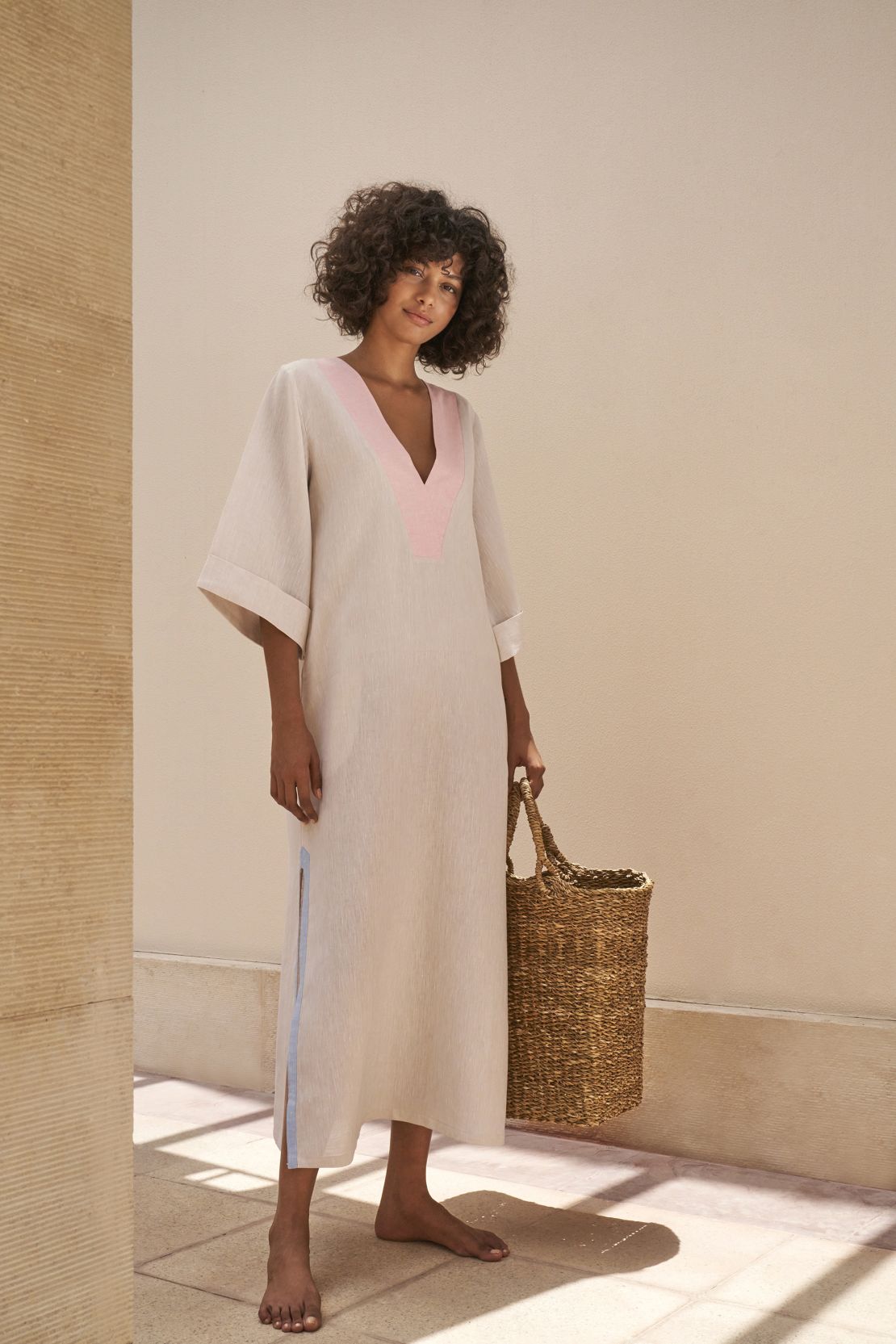Expert Tips on Selecting the Perfect Eastern Wear Pakistan for Weddings
Expert Tips on Selecting the Perfect Eastern Wear Pakistan for Weddings
Blog Article
Unlock the Secrets of Timeless Eastern Wear
Checking out the enigmatic realm of ageless Eastern wear dives right into a realm where society, virtuosity, and background merge to produce garments that transcend simple fabric and string. The complex tapestry of custom intertwined with contemporary aspects uses a peek right into a world where every stitch narrates, every motif a sign of value. Unveiling the tricks behind these productions introduces a tapestry of heritage waiting to be unwinded, welcoming one to journey through the spiritual charm and mystique of Eastern style.
Background of Eastern Style
The background of Eastern style dates back centuries, reflecting the rich social heritage and practices of varied regions across Asia. Each region flaunts its unique designs, fabrics, and designs that have actually been influenced by elements like environment, religious beliefs, social standing, and trade courses. eastern wear pakistan. The intricate silk garments of China symbolize elegance and elegance, while the vivid saris of India display a kaleidoscope of patterns and colors.
In Japan, the bathrobe has actually been a symbol of tradition and refinement for generations, with different styles used for various events. The background of Eastern fashion is a tapestry of development and practice, blending old techniques with modern-day impacts to develop an ever-evolving and dynamic industry.
Importance of Typical Clothes
Standard outfit acts as a social symbol, embodying the worths, ideas, and heritage of communities in Eastern societies. eastern wear pakistan. These garments are not simply pieces of fabric however are symbolic depictions of the abundant background and customs passed down through generations. In Eastern societies, typical attire plays a substantial duty in ceremonies, events, and every day life, showing the social standing, regional associations, and even marriage condition of individuals
The relevance of standard attire goes beyond aesthetics; it is a method for individuals to get in touch with their origins and share pride in their social identification. Each garment, from the complex sarees of India to the moving hanboks of Korea, carries with it a narrative of craftsmanship, symbolism, and importance that is deeply deep-rooted in the material of culture.
Moreover, conventional clothes acts as an aesthetic language, interacting stories of resilience, unity, and accomplishment. By wearing these garments, people not just recognize their heritage but additionally add to the preservation and celebration of their cultural heritage.
Development of Eastern Embroideries
Exactly how have Eastern embroideries advanced with time to reflect transforming creative patterns and social influences? Eastern embroideries have an abundant history that covers centuries and have continually developed to incorporate diverse social impacts and reply to moving imaginative fads. The advancement of Eastern embroideries can be traced back to ancient human beings where elaborate styles were hand-stitched onto textiles utilizing typical techniques. Over the years, these embroideries have actually adjusted to reflect the altering preferences and choices of different areas and periods.

Today, Eastern needleworks continue to advance, blending standard workmanship with modern design sensibilities to create classic pieces that commemorate the beauty of multiculturalism and creative advancement.
Extravagant Fabrics in Eastern Use
Lavish textiles play a pivotal function in raising the visual appeal and top quality of Eastern wear, improving the total attraction and class of conventional garments. Eastern wear is renowned for its extravagant materials that not only mirror the area's abundant cultural heritage yet likewise indicate sophistication and grace.
In enhancement to silk, textiles like brocade, velvet, and chiffon are also generally featured in Eastern wear. These page elegant textiles not only elevate the visual appeal of Eastern wear however likewise guarantee a sense of improvement and elegance that goes beyond time.
Incorporating Eastern Fashion Today
In contemporary fashion landscapes, the integration of Eastern affects provides a harmonious combination of cultural heritage and contemporary looks. Developers and style fanatics alike are embracing the rich tapestry of Eastern style, incorporating standard components into modern-day shapes and styles. From detailed embroidery to vivid shades and extravagant materials, Eastern fashion today provides a diverse array of options that accommodate an international audience.
One way Eastern style is making its mark in modern wardrobes is through the adaptation of typical garments such as the robe, saree, or qipao into everyday wear. These pieces, as soon as reserved for special occasions, are now reimagined in even more informal kinds, permitting their incorporation right into everyday style options. Furthermore, using standard patterns and motifs in Western-style apparel adds a touch of exotic beauty to modern attire.

Final Thought
In conclusion, discovering the abundant background, significance, and development of Eastern fashion unveils a deep-rooted link to heritage and values. The glamorous textiles and detailed needleworks of Eastern use display the adaptability and eternity of conventional designs. Integrating Eastern influences in modern fashion permits a combination of practice and technology, creating a harmonious equilibrium in between the past and the existing.
Elegant fabrics play a crucial role in raising the aesthetic charm and top quality of Eastern wear, boosting the total appeal and class of typical garments. Designers and style fanatics alike are welcoming the abundant tapestry of Eastern fashion, incorporating typical aspects right into modern shapes and designs. From complex embroidery to lively shades and extravagant textiles, Eastern fashion today uses a varied range of options that cater to an international target market.
One way Eastern style is making its mark in modern wardrobes is with the adjustment of standard internet garments such as the bathrobe, saree, or qipao right into daily wear. The lavish textiles and intricate embroideries of Eastern wear display the versatility and timelessness of traditional styles.
Report this page